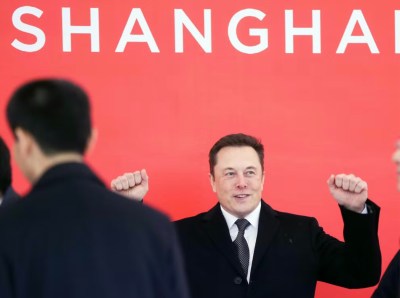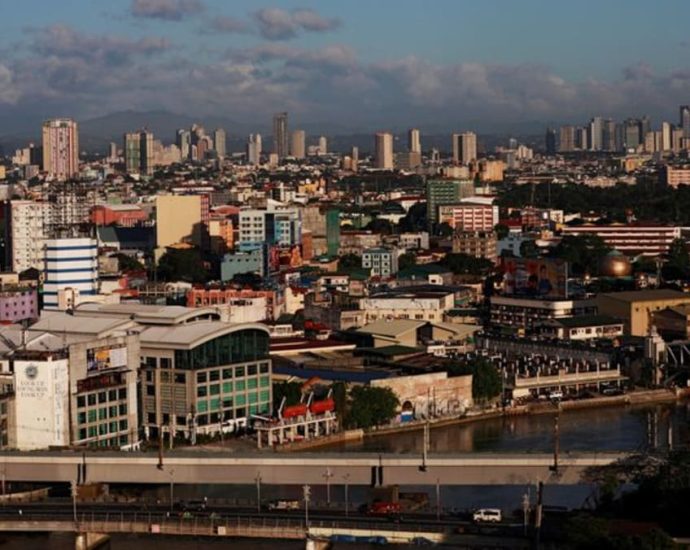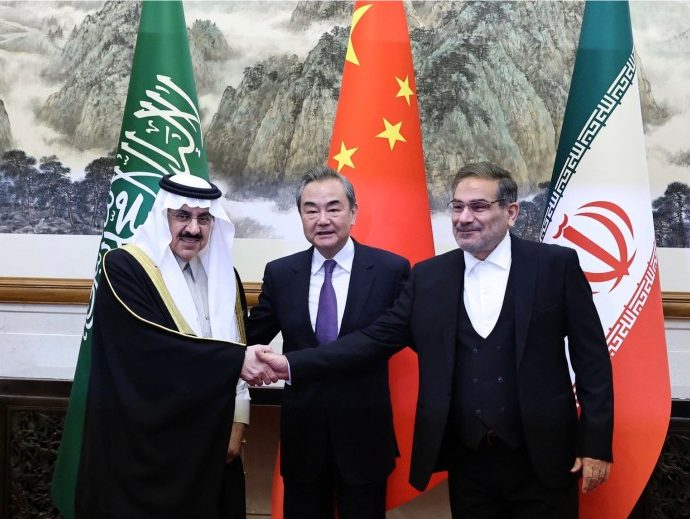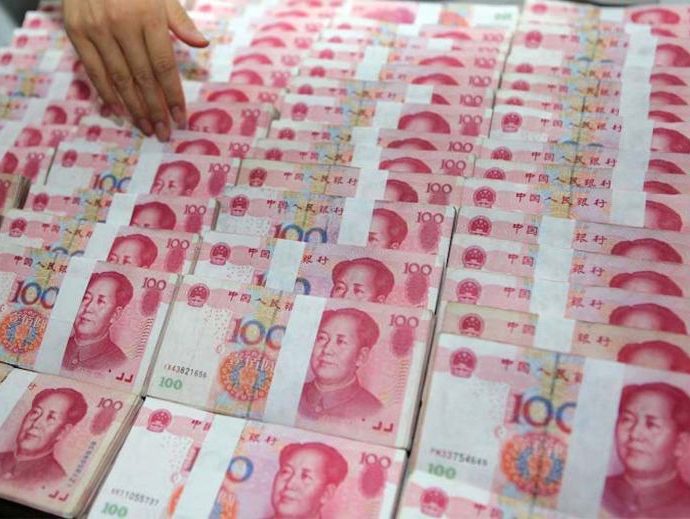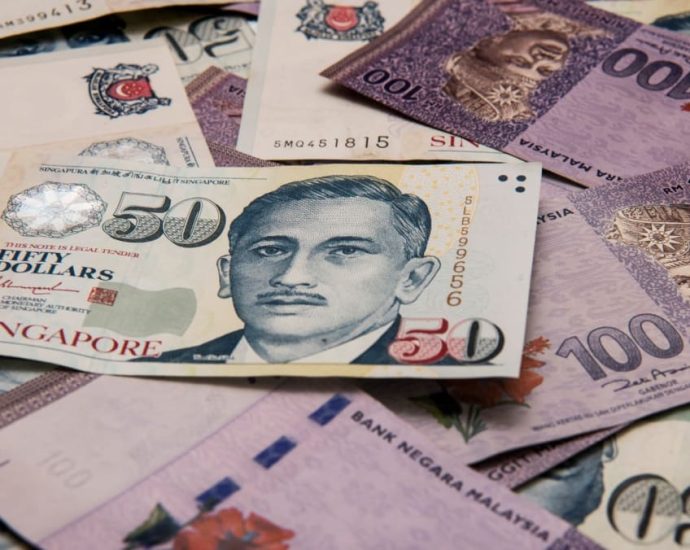Elon Musk tears up the decoupling script in China
As the global economic intelligentsia debates how to “decouple” or “de-risk” from China, Elon Musk clearly didn’t get the memo.
The Tesla founder was feted like a returning king in Beijing this week. From the moment his private jet arrived on Tuesday, Musk is reportedly being called “Brother Ma,” putting him in rarified league with Alibaba billionaire Jack Ma.
There are many takeaways from Musk’s first China visit in three years. One is that not everyone is decoupling from China, least of all the globe’s most influential electric vehicle (EV) evangelist and owner of Twitter. Another: the future of EV production and innovation is shifting toward Asia’s biggest economy.
Yet the most important one may be how Beijing is putting out a huge welcome mat for foreign chieftains – from Musk to JPMorgan Chase’s Jamie Dimon – to signal that China really is open for business again.
The perception that China is becoming hostile toward foreign capital intensified after Ma ran afoul of Xi Jinping’s regulators in late 2020.
In March, China’s leader installed a new premier, Li Qiang, to take the lead in changing that narrative. And what better way than Musk visiting China and reaffirming his commitment to producing more Teslas in mainland factories?
Of course, Li and Ma go way back. It was Li, back in his days as Shanghai party boss, who lobbied Musk to open a Tesla “gigafactory” in the city. The facility, which opened in April 2022, was Tesla’s first outside the US.
Now, here is Musk, controversial as he is, hinting at an even bigger production presence in China. In 2022, Tesla contributed roughly one-quarter of Shanghai’s overall total automotive production.
The next objective for local governments around China: angling for closer ties with Tesla to win some of those jobs as Musk looks to expand his autonomous driving fleet and sales to Chinese consumers.
It’s just what Li’s image makers might have hoped for as Tesla looks to “aggressively focus on building out its China footprint,” says analyst Daniel Ives at investment firm Wedbush.
Even though China has its own promising EV companies, including BYD Co, Musk understands that Xi’s nation has become “the golden goose EV market,” Ives says. As such, Tesla’s mainland plant is now the “heart and lungs” of Musk’s global production.
Musk is also giving Xi and Li a big public relations win in another way. At his meeting Tuesday with Foreign Minister Qin Gang, Musk gave the thumbs down to Washington’s decoupling from China strategy. Musk said, effectively, that the relationship between the two biggest economies is too symbiotic to fail.

This is music to Li’s ears as China welcomes a who’s-who of multinational company chieftains. In recent days, top officials from Starbucks Corp, Jardine Matheson, Franklin Templeton and UK chip software giant Arm Ltd dropped by. Later this month, Nvidia Corp CEO Jensen Huang is reportedly coming to town.
The frenetic pace of these meetings comes as China’s foreign direct investment experiences an ill-timed U-turn. In the first three months of the year, roughly US$30 billion zoomed away from China. Stock investors are pivoting elsewhere, too. Since its 2021 high, the MSCI China Index has lost more than half of its value.
On the debt side, China “suffered outflows” in April to the tune of $3.8 billion “as the positive effect of the Covid reopening fades away,” says economist Jonathan Fortun at the Institute of International Finance.
Hence the urgency to dispel the gathering notion that China’s leadership is in an anti-foreigner sentiment phase. Xi chose Li to lead the China-is-open-for-business repair effort.
First, there’s a matter of improving the odds of reaching a 5% economic growth rate this year. Analyst Kelvin Wong at OANDA notes that the latest reading from China’s Purchasing Managers Index (PMI) data “further reinforced an increasing slowdown in external demand and lackluster internal domestic demand ex-post re-opening from Covid-19 stringent lockdowns.”
On closer inspection, Wong notes, the data “indicated a risk of a deflationary spiral at play.” The input cost – main raw material purchase prices – sub-component of the manufacturing PMI declined at the fastest pace in May since July 2022 – 40.8 versus 46.4 – while the output cost sub-component fell for the third consecutive month and recorded its steepest decline for ten months in May to 41.6 from 44.9.
The bottom line, Wong says, is Beijing needs to halt the narrative about “the risk of the deflationary spiral in China.”
Economist Lu Ting at Nomura International added that “the sharper contraction in the manufacturing PMI suggests that the risk of a downward spiral, especially in the manufacturing sector, is becoming more real.”
Others are more sanguine. Some economists argue that China Beige Book data shows that manufacturing activity may be perking up.
Goldman Sachs China economist Hui Shan says recent trends in China’s emerging industries PMI seem a “tentative sign that manufacturing activity may begin to stabilize.”
At the same time, a “loss of economic momentum amid weakening demand both at home and abroad” is getting harder for Premier Li’s team to ignore, says economist Carlos Casanova at Union Bancaire Privée.
Li, Casanova notes, has “vowed more targeted measures to expand domestic demand and stabilize external demand earlier in May, in an effort to promote a sustained economic rebound, but it remains to be seen whether these will be effective.”

Yet Li is also focused on structural reforms needed to restore investor confidence. Here, Musk’s timing could not be better.
In recent weeks, Beijing basked in the glow of global headlines over China surpassing Japan as the world’s biggest exporter of autos for the first time. Some of that dynamic reflects China’s embrace of EVs, while Toyota Motor and many Japan Inc peers stick with hybrid vehicles.
The narrative shift followed an earlier Li era victory: a move to break up Alibaba Group into six units – and founder Ma’s return to China after a long absence. Alibaba’s structural shakeup was a win for reformers and a vital gesture to reassure global investors that the regulatory crackdown on Big Tech is finished.
Since then, analysts like Kelvin Ho at Fitch Ratings have noted how “this could boost Alibaba’s credit strength if capital is freed up from businesses that generate little cash and deployed in stronger cash-generating businesses or used to pay down debt.”
The hope, too, is that Alibaba’s example could become a model for other internet giants in harm’s way, including Baidu, ByteDance, Didi, Tencent and others. If so, it would unlock value in China’s biggest service sector companies, enticing global investors.
Both Xi and Li surely appreciate Musk’s firm rejection of the idea that the US and China can thrive economically separately.
As economists at Allianz argue in a note to clients: “The economic implications of a further decoupling between the West and China could be far-reaching,” noting that the fallout for China’s economy could be “far from negligible.”
“China,” they argue, “could retaliate by curtailing the supply of critical raw materials in which it has a dominant position, which could severely disrupt global supply chains. But this is unlikely as it already applies some forms of outbound investment restrictions and is still looking towards economic pragmatism.”
At the margin, though, Musk’s doubling down on China and offering an alternative to the loud decoupling debate have given Beijing one of the best weeks of global headlines it’s had in some time.
Follow William Pesek on Twitter @WilliamPesek

